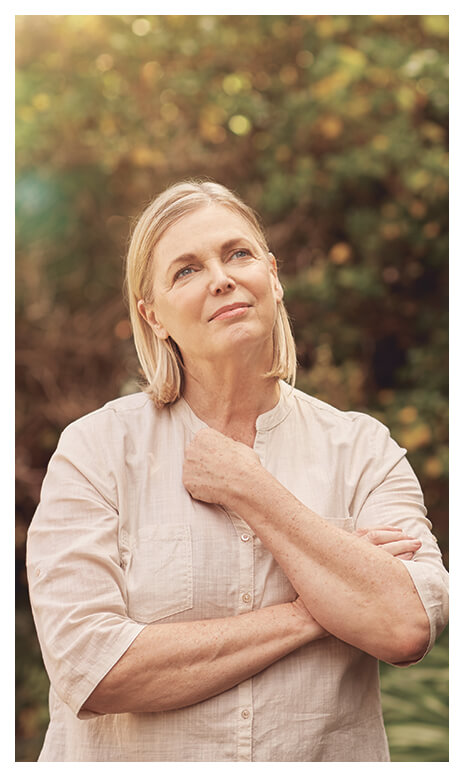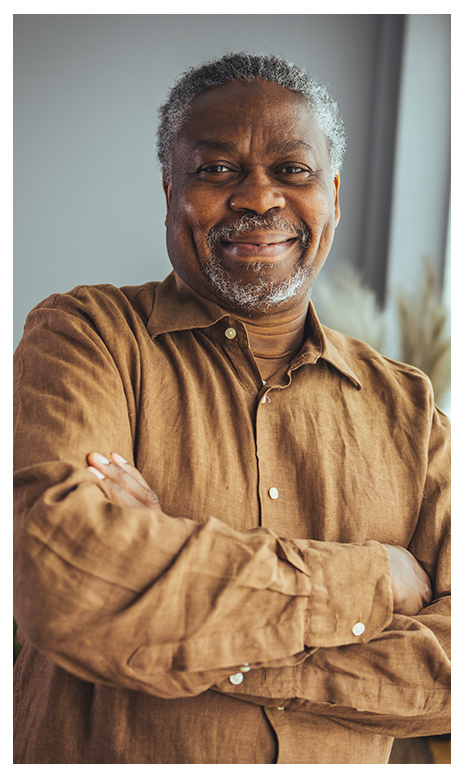Special Rules for Disability after 50
When Social Security evaluates applications for disability benefits, it puts people in different age groups:
- “Younger Person” (18-49): Your problems must make it impossible for you to work in any job at all.
- “Closely Approaching Advanced Age” (50-54): To get disability benefits, you must be unable to maintain just your most recent job.
- “Person of Advanced Age” (55 and up): Social Security becomes more lenient in deciding whether you can still work.
The key to applying for disability over 50 is that Social Security considers you less likely to switch to new lines of work at this age. That means Social Security is more likely to decide you can’t work at all—and approve your benefits.
Social Security reaches this decision using what it calls the “grid rules,” plotting your age against your education level, skill level and overall ability to function day to day.
The measure of your daily abilities is called your “residual functional capacity.” Social Security calculates residual functional capacity using medical evidence to decide how well you can perform basic physical movements, like walking, reaching and lifting. Then it plugs the result into the grid rules.
When weakened health is already limiting your energy level, getting through this process can seem like a full-time job on its own.
An experienced disability advocate can take over your disability application and take the pressure off you.






